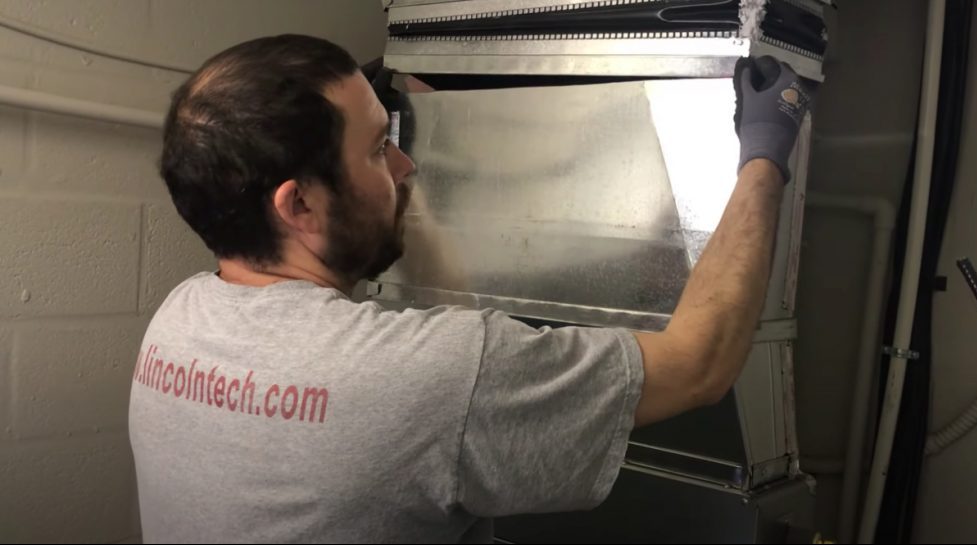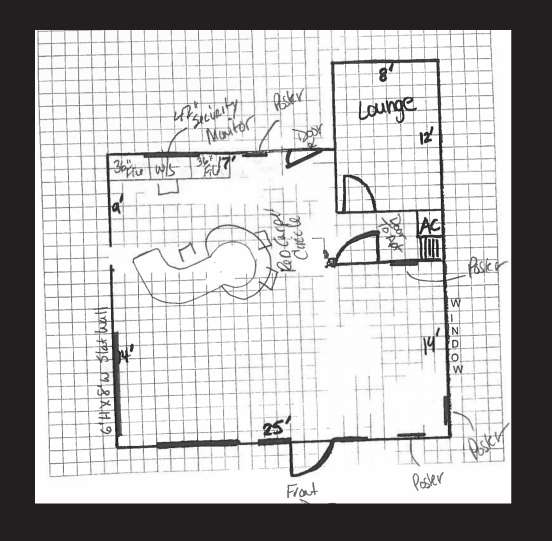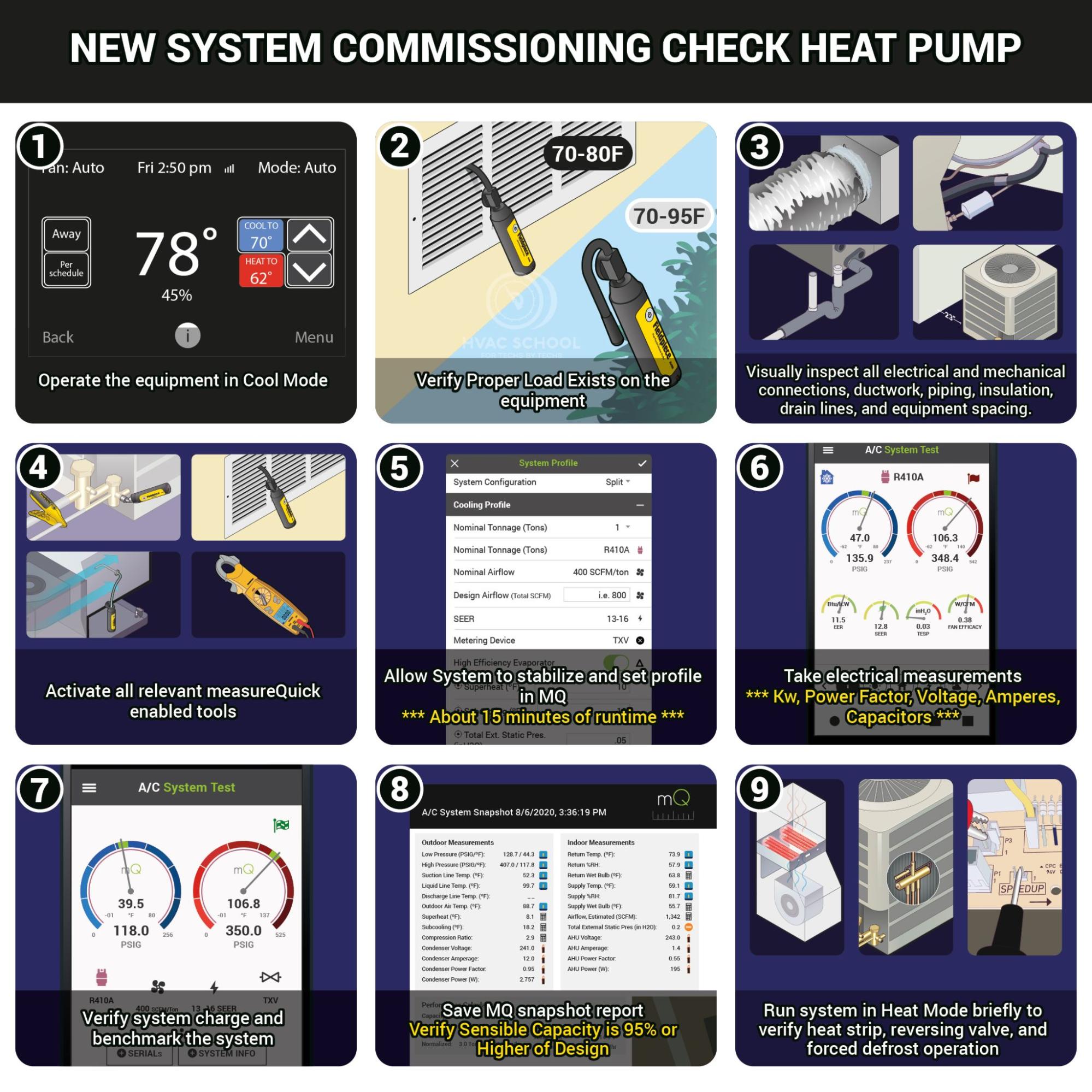Get Tech Tips
Subscribe to free tech tips.
Residential A/C Install Mindset and Practices

Whether you’re putting an A/C unit in a new home or doing a retrofit, installation jobs make up a pretty big chunk of residential HVAC work.
Installation can be hard work, and there’s a lot more to it than throwing a unit together and making sure it starts up. When you consider building design, ductwork, and other considerations, installation is a physically and mentally demanding segment of the residential HVAC business.
While your ACCA manuals and calculations are all important, they are not the supreme authority on how your installations will turn out. When it comes to installations, their successes primarily depend on the technician or installers mindset. We’re going to cover what it means to have the residential installation mindset and what that entails.
Give yourself plenty of time
I know our work can be fast-paced, especially if you’re a service tech. However, installations are a bit different, as you’re not fixing something that requires an immediate solution.
The best thing you can do when you approach an installation project is to give yourself plenty of time to understand the full scope of the install. Are you going to be using existing ducts? Do you have to modify existing ducts or create new ductwork? Where will you be running the ductwork? Do you have enough space to create an effective system?
You absolutely do NOT want to proceed with the installation without the answers to those questions. An install’s success or failure can be determined during the pre-planning and design phase, so you want to be methodical and structured early on.
Can an installation be good if you play duct design by ear or figure out your venting strategies at the last minute? It surely can, but you’re putting yourself at a disadvantage if you don’t perform all of your calculations and understand your designs early on.
Also, don’t be afraid to take some extra time to pick up some new tools and make sure you have everything you need to accomplish the install.
Walk the site with a purpose
When you walk a site for the first time, you’ll want to pay extra attention to your limitations. Do you have enough space to fit the equipment and yourself while you work? Or will you have to reconfigure your designs?
Another thing that you will want to consider is the presence of hazards. If you’re installing a duct in the crawl space, will you have to watch out for nails poking out above your head? Are there wasp nests near the area where you will need to install the condensing unit?
For our safety and convenience, we should deal with hazards before we begin working. We don’t want to be poked, stung, or shocked when we could have noticed those hazards and dealt with them beforehand.
So, don’t just walk the site for the sake of walking it. Observe the site and take steps to make it the perfect site for installation: accurately measured and free of hazards.
Lay or draw out your installation

If you have to install piping or ductwork, lay those out on the floor before you hang them. See exactly how the ducts or pipes will connect with each other and how they will look.
If you’re allowed to use chalk or spray paint on the unfinished floor, you can use those to map out a drawing of your system. That way, you can keep a reference while you install the system, not just before you begin the actual install.
Once you lay out your equipment, you can consult the general contractor and other trades. Get their opinions about the location and orientation of your install. The goal of these conversations is to make sure that everyone is on the same page about what is being done, and we can only really have those discussions once people can see exactly how the equipment is going to look during the layout phase.
If you’re putting in new ductwork, the layout phase is the time to see how the ductwork will interact with the structure. Of course, you’ll want to consult local codes to see what the strapping and clearance guidelines are enforced by your AHJ, but you can see exactly how ductwork will need to be routed and strapped. You can also determine if you need to use decoupling measures to reduce vibration and noise.
Keep your old equipment tidy (changeout)
After laying out your equipment, it will come time for you to remove old equipment if you’re doing a changeout.
One of the best things you can do is stay organized during the changeout. One of our best tips is to use the evaporator and condenser boxes as trash boxes to keep the old equipment together.
If you plan to reuse any components, make sure they remain intact and are not damaged when you change out other equipment. If you’re going to be reusing any of the piping, make sure you keep it closed up and contaminant free.
Be methodical, not reactionary
This mindset tip is kind of similar to the first one about giving yourself plenty of time. However, a methodical approach is important beyond the planning phase, especially when you’re trying to eliminate duct leakage.
When you’re installing sheet metal ducts, it’s a good idea to focus on minimizing leaks from the beginning. With flex ducts, we recommend focusing on avoiding compression as much as possible from the get-go. In both cases, you have to be able to anticipate issues with your installation so that you can address them with a plan in mind if they arise.

For example, you can work around duct leakiness concerns by applying Mastic to elbows and let them dry before you even start installing them. Then, you don’t have to worry about the sealant not drying properly if you were to seal ducts in place.
To be most effective at creating a methodical order of operations, be aware of your schedule and know which days will be your busiest days so that you can work around those. If you might be idling for a while on certain days, try to prep for the work ahead during that time.
Put safety first when it comes to venting

When you’re installing a gas heat system, you have to think about combustion. Combustion requires proper venting, or it could become a source of serious danger for a home’s inhabitants.
If you must install a venting system, select appropriate, approved, corrosion-resistant materials. Some popular venting materials include plastics, PVC, and CPVC. Your venting should be made of a durable substance that can withstand expansion, contraction, and cracks due to temperature differences. (For that reason, ABS is no longer a widely acceptable venting material.) Benoît Mongeau already wrote a great piece on venting materials for high-efficiency furnaces, which you can read HERE.
When assembling your venting system, don’t use a hacksaw that could leave you with statically charged shavings that will stick to the inside of your vent and wreak havoc on your system. Use a proper pipe-cutter with a deburring tool for the job. You can also get ahead of the curve by dry-fitting the system and making sure everything lines up correctly before you cement them. Again, Benoît Mongeau wrote another guide to venting assemblies HERE.
Make sure you’ve sized the flue correctly and have the correct condensate drain pitch. You can typically find the correct sizing and drain pitch information in the manufacturer’s guides. In colder climates, you’ll also want to keep your terminations away from places where they can be covered by snow.
Perhaps the absolute most important thing to worry about is backdrafting. When you’re commissioning the system, be aware of any signs of backdrafting, especially on water heaters, which can happen on improperly vented furnaces or when the house is under extreme negative pressure. When excess carbon monoxide vents back into the home, people can lose their lives, so you must take backdrafting and safety concerns EXTREMELY seriously.
Make the most of commissioning

Commissioning is what makes the difference between an average startup tech and a superior installer. Almost any old Joe or Jane can start up a unit. It takes a different breed of tech to go the extra mile and optimize the system.
For commissioning, we like to remember our ABCs: airflow, balancing, charging (or combustion). Those are the things we want to check thoroughly each time we install a unit and every time we perform a major operation on the system (such as replacing a compressor, not something like cleaning a drain).
We also recommend checking airflow before charging (again, ABC: airflow before charging).
When we check airflow, our first step is to check the blower motor, wheel, and settings or taps; if it doesn’t work, nothing else will.
Then, you can take your static pressure measurements and figure out your CFM so you can hit your targets.
Balancing is the art and science of distributing airflow throughout the home. The process includes testing your ducts with an airflow hood and using balancing dampers to adjust the airflow. If you’re redoing ductwork, test the old ducts and compare those results to those of the new ducts. Figure out exactly how to distribute the airflow according to the customer’s needs.
When it’s charging time, the first thing you want to do is weigh the charge. You have to keep a scale on your truck for that, which is always a good idea. Once you confirm the amount of refrigerant in the system, you can check your superheat, subcooling, temperature split, and saturation. Go even further and check your voltage and amperage, too. We’ll also want to check our condensate to see if our system is draining and if the float switch works.
On the gas appliance side, it’s time to check your gas pressure and do your combustion analysis as well as check for signs of CAZ (Combustion Appliance Zone) depressurization . Are there any signs of backdrafting that you need to address? The three major things to look out for when commissioning a gas furnace system are airflow, gas pressure, and combustion analysis. Jim Bergmann gave a presentation on commissioning gas furnaces that goes into a lot more depth than this article, and you can watch that HERE.
If you want to learn more about residential commissioning, check out this video of a Kalos meeting on the subject or a short podcast episode on the difference between startup and commissioning.
Overall, the residential installation mindset is one of diligence; those who have this mindset always aim to plan ahead and address functioning issues before they occur.
An installer with this residential installation mindset stays aware of hazardous processes or situations and does their best to avoid danger. These superior techs also see commissioning as a vital part of the installation process, not just something they do to go above and beyond.











Comments
Very nice plateform with thorough knowledgeable information
Very nice plateform with thorough knowledgeable information
To leave a comment, you need to log in.
Log In